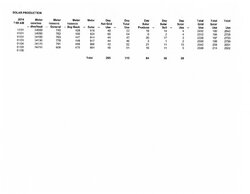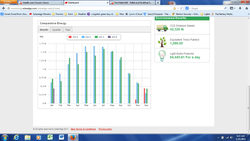ewdudley
Minister of Fire
Depends on your definition of morning, I suppose. In a strictly solar sense, the morning sun has been earlier relative to solar noon ever since 21 December this particular year.Within a few days morning sun will be earlier and shading will begin to diminish.



